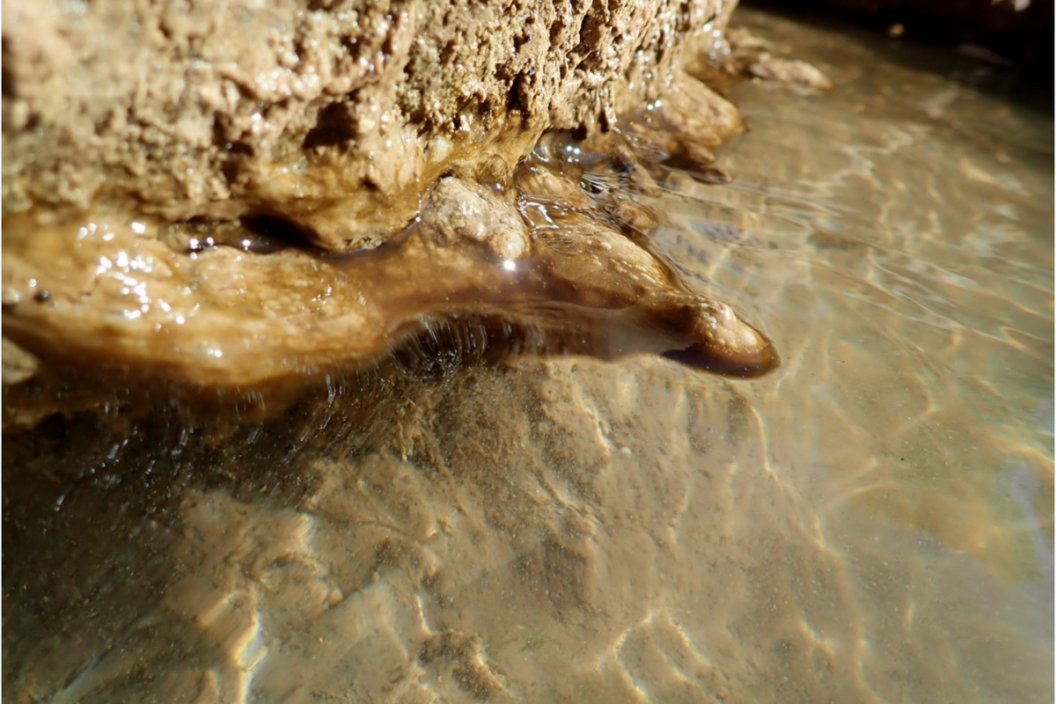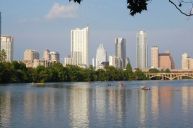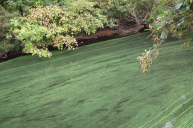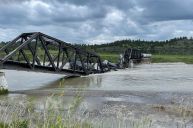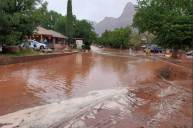Zion is Utah's most-visited national park, seeing around 4 million tourists annually, and it's the tenth most-visited park in the United States. Many trails weave throughout the area, but the most popular and well-known is the Narrows, a tough trail follows the Virgin River as it cuts through the middle of some massive canyon walls. However, the park has officially warned hikers heading through the area about a toxic and potentially harmful algae bloom, one that's particularly dangerous for children.
"Toxin-producing cyanobacteria has been detected in the North Fork of the Virgin River, which will remain at a Warning Advisory," the NPS wrote in a press release. "During Warning and Health Watch advisories, recreators should avoid primary contact recreation such as swimming or submerging the head. During Danger advisories, recreators should consider avoiding all direct contact with the water."
In a November 4 update, the NPS said, "Zion National Park continues to monitor monthly for the presence of harmful cyanobacteria and cyanotoxins. Zion staff take a 'multiple lines of evidence' approach when using data to issue recreational advisories."
Toxins have also been found in North Creek, which is qualified as a Danger Advisory, while the Virgin River is at a Warning Advisory. The cyanobacteria were also detected in La Verkin Creek. The bacteria can be green, brown, yellow, tan, or black, and Zion's waters have multiple toxins, including anatoxin-a, nodularin, microcystin, and cylindrospermopsin.
The National Park Service cautions against swimming in the water and certainly does not advise that anyone drink any of the contaminated water. They also say to keep pets away from the water, since dogs are more susceptible to the bacteria. Children are also very vulnerable to the bacteria and can become very ill.
NPS writes, "Contact the Utah Poison Control Center at (800) 222-1222 with concerns about cyanotoxin poisoning and call 911 in the event of a medical emergency. Symptoms can include, but are not limited to, skin rash, salivation, drowsiness, tingling, burning, numbness, pain, incoherent speech, seizures, vomiting, and diarrhea."
The bacteria can most often be found accumulating around the waterline. While cyanobacteria blooms are not a new phenomenon, it is important to be aware and take precautions in areas where blooms are known to happen.
